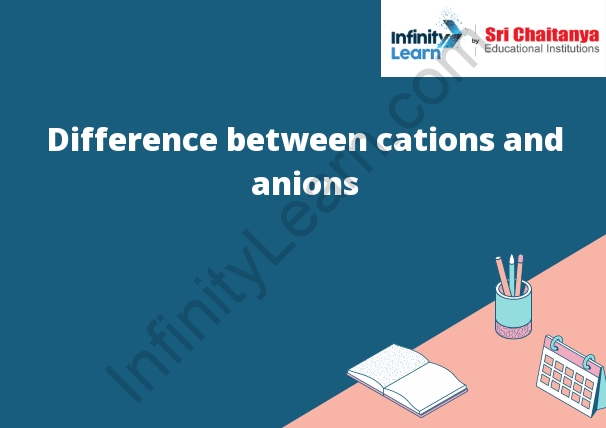Table of Contents
Subatomic Particles
The three main types of subatomic particles found in atoms are protons, neutrons, and electrons. Protons and neutrons are found in the nucleus of the atom, while electrons orbit the nucleus. Protons are positively charged, neutrons are neutrally charged, and electrons are negatively charged.

What is an Ion?
An ion is an atom that has lost or gained one or more electrons, giving it a net electrical charge. Ions can be created when atoms interact with other atoms, or when they are exposed to radiation. Ions can also be found in solutions, where they are called ions salts. Ions are important in chemical reactions, and they play a role in the water cycle and in the formation of clouds and rain.
What is Cation?
A cation is an atom or molecule that has lost one or more electrons and has a net positive charge. Cations are formed when an atom or molecule loses electrons to another atom or molecule. Cations are attracted to anions, which are atoms or molecules that have gained one or more electrons and have a net negative charge. Cations and anions interact to form molecules and crystals.
What is Anion?
An anion is an atom or molecule that has a negative electrical charge. This can be caused by the loss of one or more electrons. Anions are attracted to positively charged ions and often form compounds with them.
Difference Between Cation and Anion
Here’s a table highlighting the main differences between cations and anions:
| Cations | Anions | |
|---|---|---|
| Charge | Positive | Negative |
| Formation | Loss of electrons | Gain of electrons |
| Electrode | Anode | Cathode |
| Attraction | Attracted to cathode | Attracted to anode |
| Examples | Na+ (sodium ion), Ca2+ (calcium ion) | Cl- (chloride ion), O2- (oxide ion) |
| Location | Formed from metal atoms | Formed from non-metal atoms or groups of atoms |
| Stability | Smaller size, higher charge, more stable | Larger size, lower charge, less stable |
| Naming | Cation name same as the metal element | Anion name ends with “-ide” suffix |
| Charge Balance | Cations balance the overall charge of an ionic compound | Anions balance the overall charge of an ionic compound |
Cations are positively charged ions formed by the loss of electrons, typically from metal atoms. They are attracted to the cathode during an electrochemical reaction and help balance the overall charge of an ionic compound. Examples of cations include Na+ (sodium ion) and Ca2+ (calcium ion).
Anions, on the other hand, are negatively charged ions formed by the gain of electrons. They are attracted to the anode during an electrochemical reaction. Anions are typically formed from non-metal atoms or groups of atoms and help balance the overall charge of an ionic compound. Examples of anions include Cl- (chloride ion) and O2- (oxide ion).
I hope this table helps clarify the key differences between cations and anions!
Ion Chromatography
Ion chromatography is a separation technique that uses a column packed with an ion-exchange resin. The column is first eluted with a water/methanol mixture to remove any organic material. The sample is then injected and the column is eluted with a water/ammonium acetate mixture. The column is then eluted with a water/ammonium acetate mixture that has been acidified with sulfuric acid. The column is finally eluted with a water/ammonium acetate mixture that has been neutralized with sodium hydroxide. The different compounds in the sample are separated based on their ability to interact with the ion-exchange resin.
Applications of Ion Exchange Resin
- Ion exchange resins are used in water softeners to remove calcium and magnesium ions from the water.
- Ion exchange resins are also used in desalination plants to remove salt from seawater.









